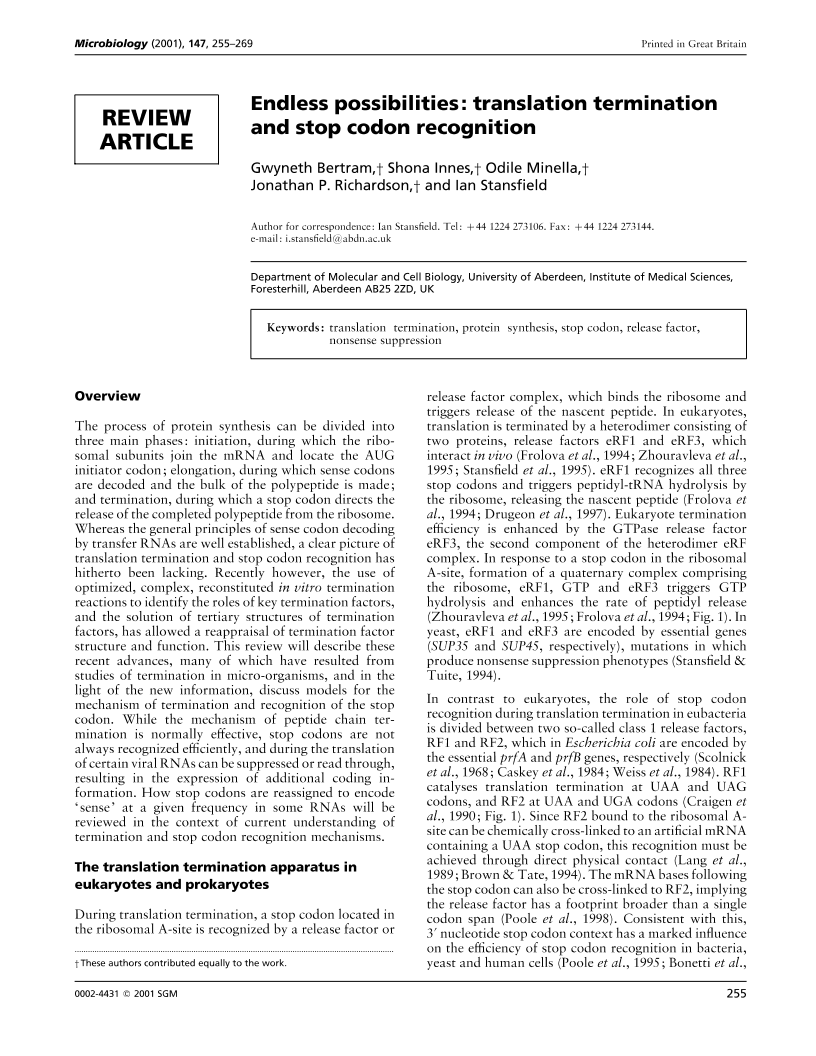
Full text loading...

Endless possibilities: translation termination and stop codon recognition, Page 1 of 1
< Previous page | Next page > /docserver/preview/fulltext/micro/147/2/1470255a-1.gif
There is no abstract available.

Article metrics loading...

Full text loading...
References


Data & Media loading...
